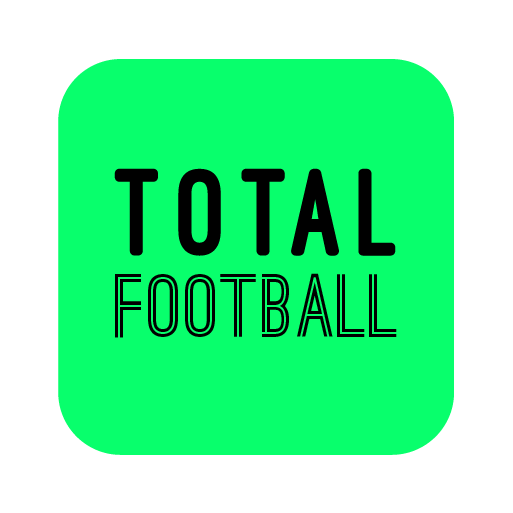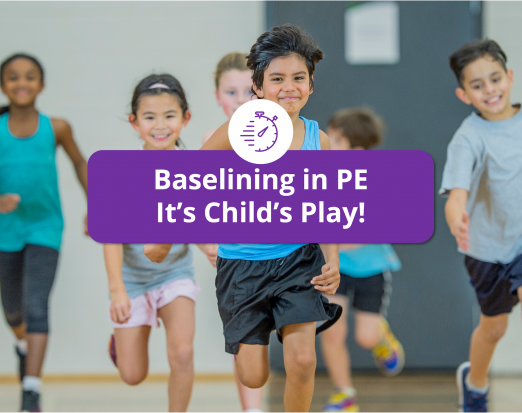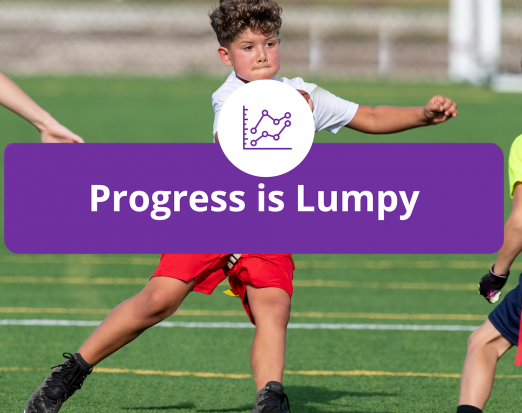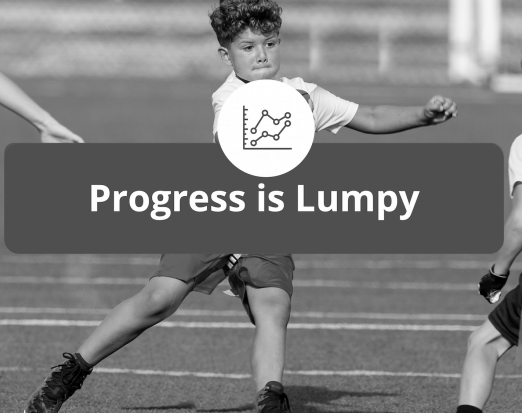Dominate the Game
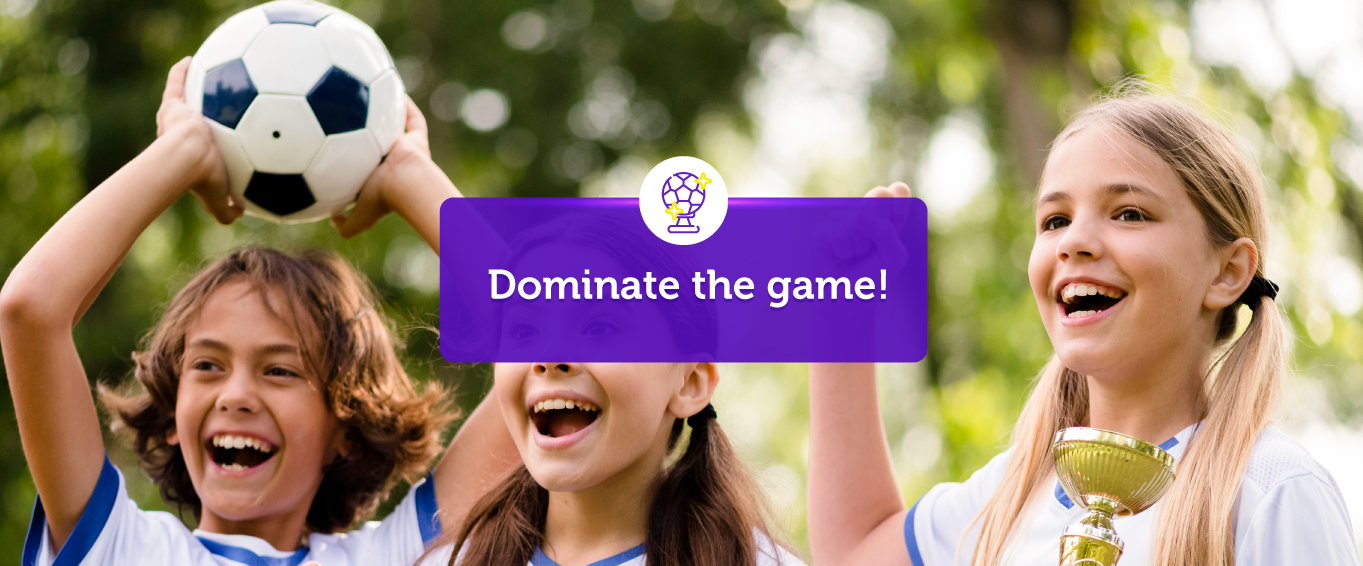
Combine Skills to dominate the Game
Over the past few weeks, we have examined individual skills and how to improve them. This is vital for all young players to be able to develop confidence on the ball, and mastering these skills in isolation will give all young players the tools they require to succeed on the football pitch.
However, the game is rarely played in isolation, of course there are some examples, such as taking a penalty, or a free kick, but most of the time skills are used in combination and it is vital that this is replicated in training and practice.
High quality practice supports development of good technical skills, but if we are talking about the highest quality practice, we must also include giving players the opportunity to make their own decisions. It is important that players have a picture of what skill they need to use and how to combine these skills when in a competitive environment and also have the ability to carry out these movements.
When training as a team or a group, this can be achieved relatively simply through Small Sided, Conditioned Games. Making the practice look as close to the game as possible is really important, so include goals or direction (or both), include opposition and include lots of opportunities to make decisions and combine skills together.
Position Specific Examples
At the youngest age groups, we believe that it is really important for all players to play in every position. Players get pigeon-holed into specific positions when they are far too young, this can often stunt a player’s development. Playing in every position gives young players a full football education and an appreciation of the game, but more importantly it gives all players the chance to develop a wider range of skills, in more scenarios, using different combinations in different positions.
Let’s look at some position specific examples:
- Defenders may receive the ball from the goalkeeper, need to turn, run with the ball to cover some ground before playing a pass.
- Central Midfielders will receive the ball at different heights and often in tight areas, meaning that they will play a range of short passes of one and two touches at different angles. This might often be combined with turning and beat the man techniques to avoid tackles and may often lead to a shot at goal.
- Wide Players will often look to receive on the half turn before looking to beat their opponents, often finishing with a pass, a cross or a shot!
- Forward Players will often receive the ball with their back to goal and need to combine with players around them before finishing!
Obviously, these are only examples, and also don’t include the physical skills required to succeed when playing.
The list is endless, but whenever you practice and however you practice or coach, it is important to combine skills together and to practice with some game realism.
Classification of Skill
Due to the ever-changing demands of football, there is a need to practice most types of skill. It is important to understand the types of skill and how this might be used in football, if we are truly to get the best out of our players.
- Open Skills occur in unpredictable situations and the pace of the skill is usually controlled by an external source, e.g. Pressure from a defender.
For Football Players, this might be turning out of a tight situation. The techniques to turn can be practiced in isolation, but to be a truly great turner with the football, you will need to practice it in combination with other skills. E.g. Receiving a ball in a tight area and then reacting to the pressure from defenders. There will be times when players lose the ball and are dispossessed, there will be other times where they succeed, it’s all about learning what skills to use when and in what situation. - Closed Skills are rare in football, but still occur. The pace of these skills are usually controlled by the performer. E.g. Taking a Penalty. The penalty itself, still has some open elements, like the goalkeeper, but good penalty takers can control the most of the skill.
There are also Discreate, Serial and Continuous Skills.
- Discreate Skills have a distinct beginning and an end. E.g. A pass. These can be practiced in isolation. Serial Skills are a number of discreate skills placed together (dribble, then pass, then shot), Continuous Skills have no distinct beginning and end, running would be a great example.
- Gross and Fine Skills also refer to large and smaller movements, however more importantly is to recognise that all of these types of skills fit on continuum. Very few are uniquely one, or the other, but with Football, a large majority are towards the Serial and Open End of the scale.
Therefore if most of the skills are categorised in this way, it is important to train in this way, linking the skills together and giving players unpredictable situations to try and negotiate their way out of using a mixture of skills.
How to Train
As briefly mentioned earlier, linking skills together to make game realistic practices can be achieved through playing small-sided games and related practices. However, can players practice combining skills at home?
Simply put – YES!
Asking players to be imaginative is part of the game, but it can also be part of the practice. Asking players to practice a range of skills and to find ways of putting them together can be really useful.
If players need some extra support, our branded app could help. We have have ideas on how to combine skills as part of your practice embedded into your training programmes. We are the only app that combines football skill development with long term athletic development, meaning that we don’t only combine different football skills, but we also combine them with physical skills too.
Want to become a better footballer?
Our Sports Apps below can help
The Total Football App, is designed to support players of all ages and skill levels. It is the only Football Coaching App that integrates 5 phases of skill acquisition and long-term athletic development, meaning that all sessions and activities are designed to meet your current skill level whether you are just starting out, or are an experienced academy player. All our turning sessions are designed by UEFA Qualified Coaches and are supported by further sessions in:
Ensuring that players aren’t just practicing but are practicing with the highest quality. We also have a range of physical development practices, healthy lifestyle sessions, and psychological tips to help develop the total footballer. If your child needs help developing their turning, or any part of their game, you can try the app for free now!
Stength and Conditioning Platform for Clubs and Academies
Our Total S&C platform helps coaches to deliver a LTAD and S&C programme efficiently to a large number of athletes across all age groups playing different sports.
Our Strength & Conditioning platform consists of a Portal for the coaching team, enabling them to modify training sessions, monitor players training history, input test results and identify players who are sports ready. The athletes are provided their own S&C Player App which allows them to take control of their own training, self-test, log exercise history and track progress.
We get athletes sport ready. We reduce overuse injuries and burn out. We help to develop independent and healthy athletes.
- Automated session generator saves time
- Monitor athlete adherence and progress
- Online management portal for coaches
- Training App for all athletes
- Testing and profiling to identify sport readiness
